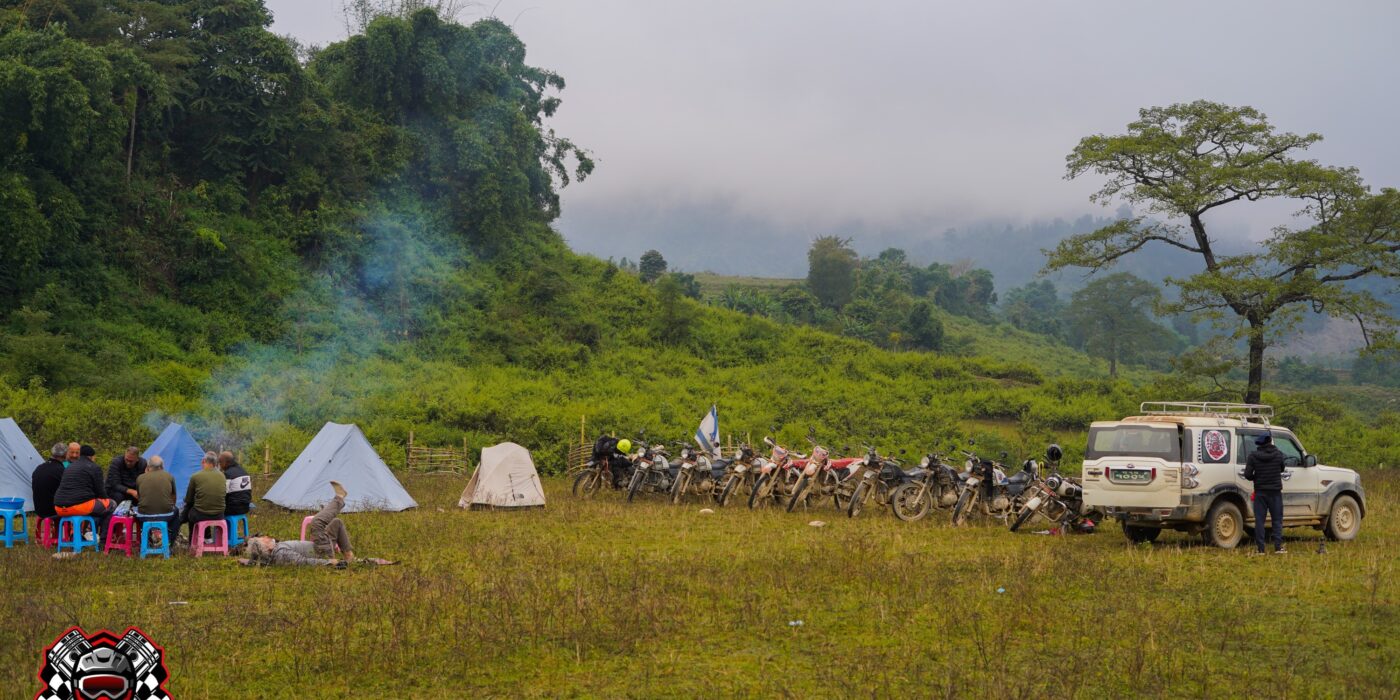I always look for places that are off the beaten track, away from commercial tourist destinations, the places- I could call truly exotic. This search took an obsessive form for me. I don’t know, maybe because the fact that I have a lot of friends in the world who every now and then throw me photos of some places completely cut off from the world, persuading me to discover them, while pointing out that “man, we have to go there and we will be the first there, that is only exotic! “.
It has come to the point that the places I am going to, this year also seem commercial and not very exotic to me, although 99% of people would never go there. And I continue in this search and my head is cracking. Today, however, I have had quite an interesting observation.
Well, what is the “exotic” really? How can you tell if something is exotic or not? After all, for some it will be exotic, for example, a two-week stay in a hotel filled to the brim with Polish tourists in Zanzibar, or a holiday in crowded Croatia, and for others a lonely ride on a motorcycle through the Shimshal Valley in Pakistan. Is one worse than the other? Man, I think whether something is exotic or not depends on the person involved in the journey.
I realized this after another walk with my dog in the Dobrzynka Valley. This is exotic! Those fallen trees, these beaver lodges, these river meanders. Simply wonderful! I have never seen anything like this anywhere, and yet it is a few kilometers from my home!
As for the exotic as understood in my way … There is a region in Nepal where this exotic is simply banging on the head. A region that still remains a huge secret for both tourists and local Nepalese vagabonds. A place that looks like it was a hundred or two hundred years ago, where time has stopped and won’t go any further.
Humla, because it is what we are talking about, is part of the Great Himalayan Trail and, more precisely, the salt trail leading from Nepal to Tibet. Contrary to the crowded, commercial Ladhak in India, or the Karakorum Highway full of locals (, without taking anything away from these places because they are extremely beautiful!), Humla remains a place completely unknown to tourists to this day. Suffice it to say that even my good buddies from Ride and Dare go there sporadically, and the only guy who organizes motorcycle trips there is their friend from the States.
There is simply no tourist infrastructure of any kind. No hotels, no normal roads, no restaurants. Sometimes the so-called tea rooms where you can eat a modest meal or refreshment on a primitive bed. So you ask – why go there at all? Well, there are few places in the world where you can literally move back in time by several hundred years, and Humla belongs to such places!
The people who live in it, called Thakuri, are extremely friendly and welcoming, despite the poverty that prevails there. Everywhere you can find wonderful stone villages from several hundred years ago, fantastically contrasting with the rock passes of which there are countless, ancient temples located along the Karnala River, which flows through this land further towards the Ganges, joining with it somewhere in another world, shepherds leading their goats to mountain pastures, women dressed in traditional colorful clothes, covered with gold jewelry … Ehh … I am cruelly attracted to this Humla. The world is opening up slowly, so who knows? After all, I have no plans for September..
– Wojtek Hankeiewicz from Poland.

